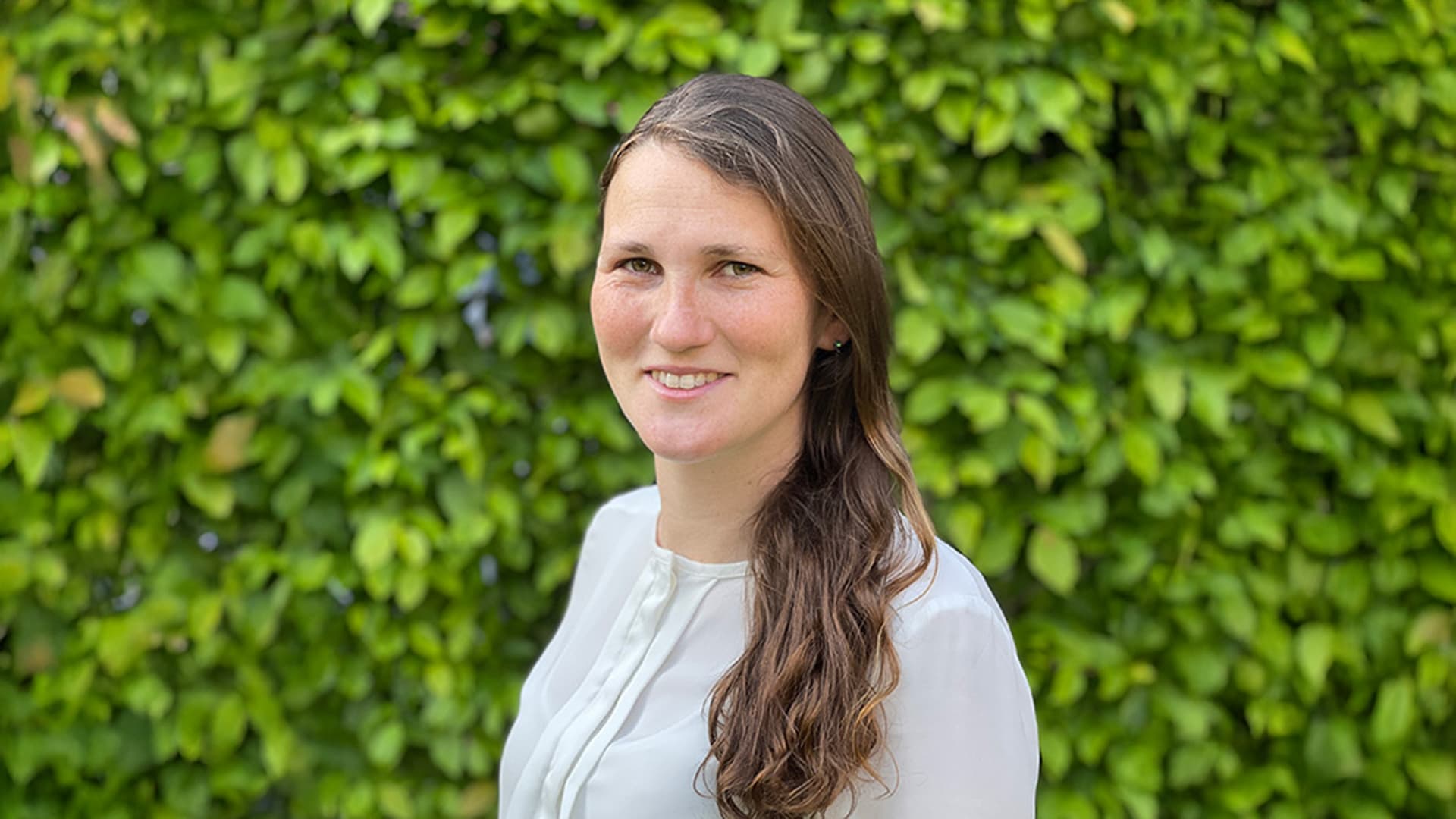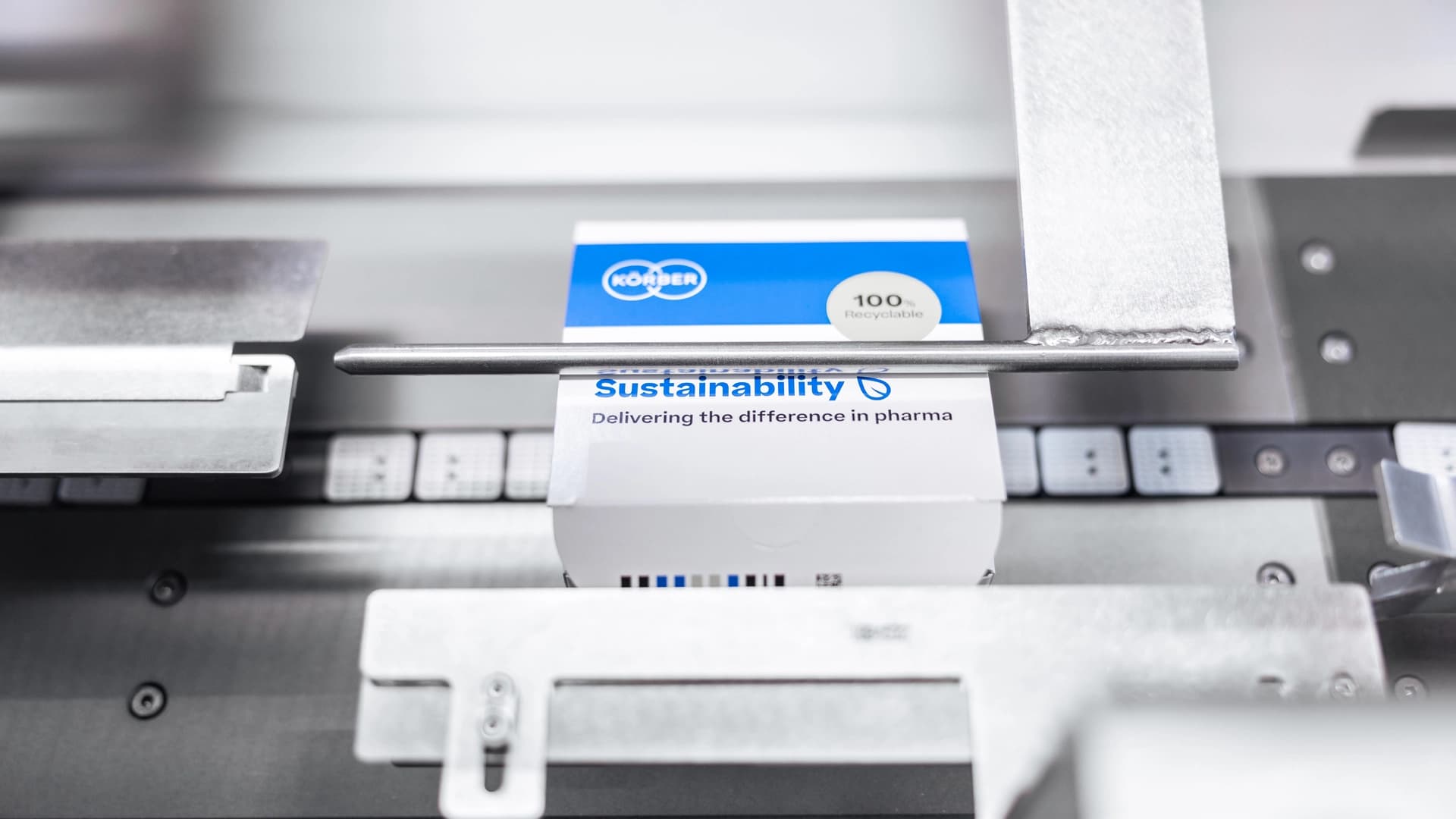- Insights, stories & events
- Environment
Together towards net-zero: Körber aims for consistent CO₂e reduction in all scopes
Climate change is one of the major challenges of our times. The international community drew up ambitious goals in Paris to limit global warming to less than two degrees Celsius.


“When it comes to reducing emissions, the key to success lies in cooperation, both in-house and externally. Without close cooperation between all relevant functions and experts in the company or with customers and suppliers, we won’t be in a position to accomplish our ambitious climate goals. Whether it’s replacing traditional gas or creating solutions to bring green energy to areas where it’s not yet available – it always takes the expertise of a committed, cross-functional team to identify the right solutions.”
Michaela Thiel
Head of Sustainability, Körber AG
Scopes as categories for greenhouse gas emissions & Science Based Targets initiative (SBTi)
Carbon Disclosure Project
Increase the use of biogas

“To fulfill our commitment to sustainable building usage and development, we need to bring together in-house teams, external partners and, in particular, landlords, investors, and developers. By working together, we can advance key strategic areas with focus, using a holistic approach. In this context, building energy analyses have great potential for using energy efficiently and conserving resources, providing the foundation for developing customized action plans for our properties.”
Sascha Terzic
Real Estate Manager, Körber AG
17%
of market-based emissions in Scope 1 and 2 fell in 2024 compared to the previous year.
44%
of market-based emissions in Scope 1 and 2 fell in 2024 compared to 2021.
29%
of newly ordered vehicles were electric cars in 2024.
Ecodesign as a success factor

“The great thing about decarbonization is that our customers’ success stories are also a success story for us and ours for them. If we improve our emissions in Scope 3 through Ecodesign, our customers’ Scope 1 and Scope 2 emissions will also improve. If they use green energy to operate our machines and production lines, we reduce our emissions in Scope 3.11. It is a true win-win situation that leaves me feeling confident.”
Pablo Ros
Governance, Risk & Assurance Manager, Körber Business Area Supply Chain
Pioneer in product carbon footprints

“We are proud of our progress in reducing emissions in Scope 3.1. Even though we are only just starting, we have made great progress in this respect and are already able to use initial primary data for our calculations. Our suppliers also attest that we take a pioneering role in this field, often being the first to request such data.”
Carolin Schwägler
Senior Manager Supply Chain Sustainability, Körber AG
